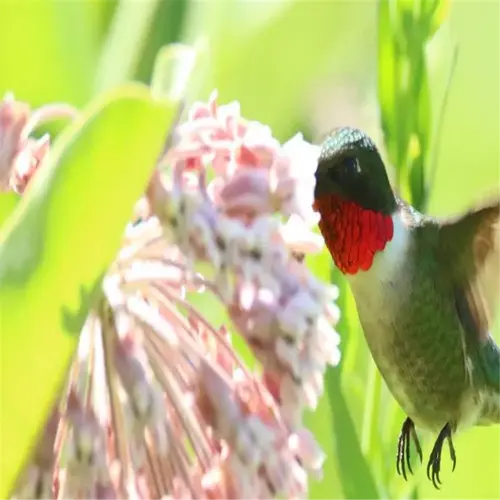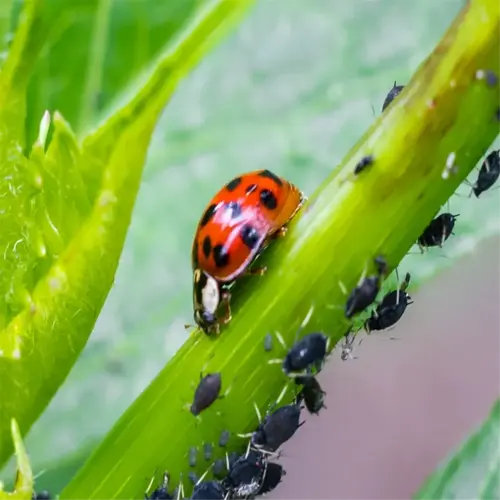What safety precautions are essential for pet owners?

Written by
Paul Reynolds
Reviewed by
Prof. Charles Hartman, Ph.D.Neem oil safety in animals requires tight restrictions on dilution ratios and monitoring specific animal-based knowledge of toxicity. Cats, for example, have no enzyme system to metabolize the compounds in neem oil or extract, so must have less than 0.25% solution preparation. I once treated a Persian cat who was exposed to a 1% neem product. Even though the client took the animal to an emergency veterinarian immediately, the cat continued to vomit and show signs of lethargy for 3 full days.
Feline Protocols
- 0.25% dilution: 2.5ml neem oil per 1L water
- Avoid direct application to fur/skin
- Isolate treated plants for 24 hours
Aquatic Life
- No neem use within 15m (50ft) of fish tanks
- Residues harm gill function within 15 minutes
- Use diatomaceous earth near water features
Young puppies who are less than or equal to 6 months and animals whose immune systems are not functioning properly, will require more precaution. Avoid using the topical application entirely and utilize flea collars without any neem. I have a client who has a Dachshund puppy that developed rashes when treated with 0.5% floor cleaners. So I have started recommending cedar oil blends for young animals.
Observe the animal for 48 hours. If the animal drools or licks its paws, discontinue use immediately. If the product comes into direct contact with the surface areas of the animal, rinse with mild soap in areas of contact. For example, my neighbor's pet parrot started showing respiratory distress after being indirectly exposed to the product for over 24 hours; rinsing the area helped avoid a long-term problem.
Read the full article: 10 Versatile Neem Oil Uses for Home & Health

